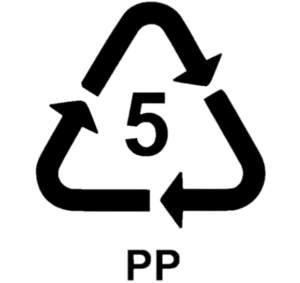

#RECYCLE 5 FREE#
(This image is free to post on a webpage or share. Recycling By The Numbersīelow are some important facts about recycling:

Take shorter showers and ask your parents to replace old appliances with Energy Star ones. Carpool, bike or use public transportation when possible. Reducing also can apply in other areas of life.

Reducing means to lower usage from the very start.Ĭutting back on purchases you do not really need lowers the use of materials and also lowers energy waste through gas and transportation costs. Reducing consumption of physical objects is important, as is reducing our use of electricity, water and gas to make new products. Keeping our new purchases to a minimum is a way to reduce our use of natural resources. What Is Reducing?Īnother important thing to learn, in addition to recycling and reusing, is reducing. Reuse is different from recycling, but it does lead to reduced consumption – always a good thing. How about that old t-shirt? It could b used as a car rag. Think about the possibilities of a product before you throw it away it could be reused for another purpose. Reusing things that can be reused means less pollution and more of our precious natural resources are left intact. For example, paper plates cannot be reused, and reusable cutlery lowers the energy that is needed to make new products, and it also can be reused to prevent more waste in the landfill. Reusing means combining reusing materials and using items that can be reused. Just as we learn the importance of recycling, we also should learn about reusing. If all of us were to recycle just a few items per day that we throw away, we can go a long way to improving the environment for our futures and future generations. Soda cans, plastic water bottles, plastic milk cartons, newspapers, cereal boxes and old computers are just some of the common items that are recycled every day. Some of the most common processes used today recycle:

It also reduces the energy we use, improves the quality of air and water, and fights climate change.Īll sorts of things can be recycled. Recycling is good for us and the environment because it reduces the use of new raw materials to product new products. There are several types of recycling processes that allow some materials to be used one or more times. Recycling is how we take trash and transform it into new products. Use it as a resource to teach your students about the importance of becoming part of the recycling revolution. This guide will outline the key aspects of recycling, challenges, and what kids can do specifically to help to improve our recycling efforts every day.
#RECYCLE 5 HOW TO#
With some easy effort and guidelines, kids can learn how to become part of the solution to recycling for a healthier planet. If children learn from early on to recycle, they will carry that good habit with them for life. The good news that all of us can do our part to recycle, and it starts the youth of America. E-waste is especially bad for the environment and is something that kids can help to prevent as they learn to recycle many things in their communities: papers, magazines, cans, plastic and glass bottles, electronics and more. It poisons our soil, water, trees and other precious resources. This was only 2% of our landfill trash, but 70% of our toxic waste. In 2009, thrown away TVs, computer, printers, monitors, scanners, keyboards etc. Multiply that by 6 billion people and you know we have a major problem with waste.įor example, one of the biggest problems in the world today is the staggering amount of electronic waste (e-waste) that is produced. Did you know that the average American throws away four pounds of trash daily? That is more than 1.5 tons of waste per person per year. Recycling is important to preserve the environment and to leave the planet in a better condition than we found it.


 0 kommentar(er)
0 kommentar(er)
